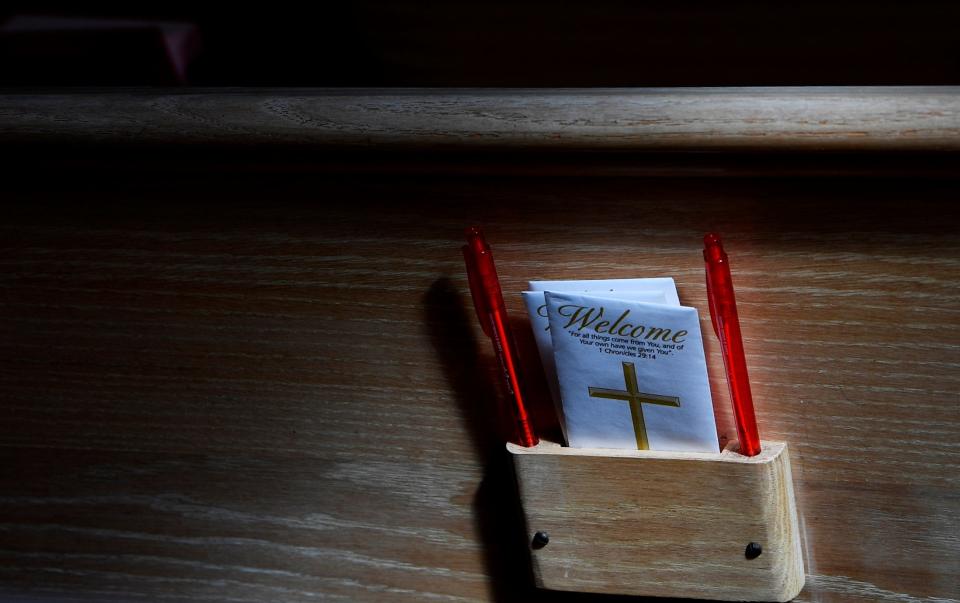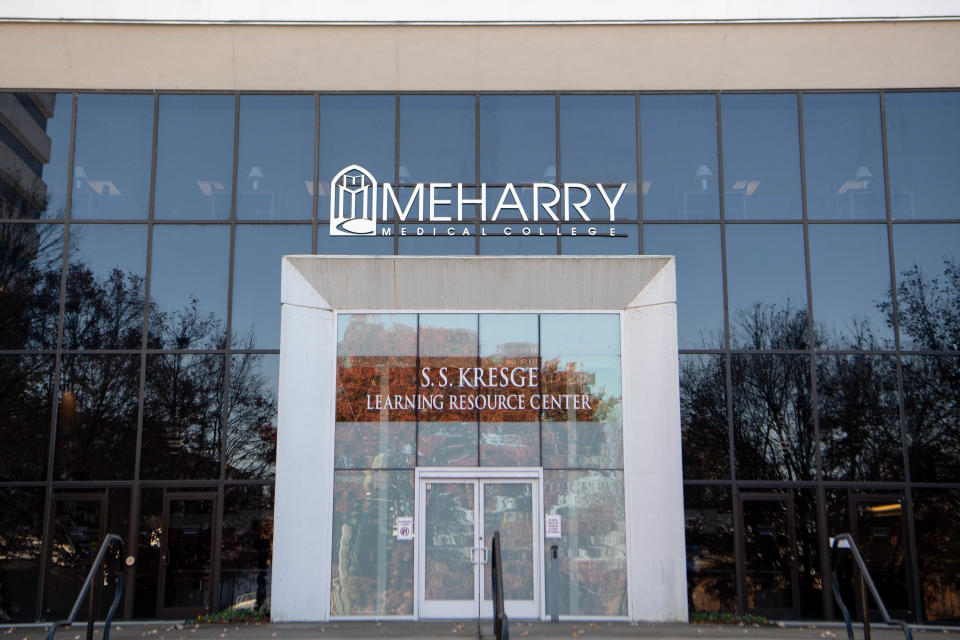Explainer: United Methodist higher education and the denomination's splintering
The splintering in the United Methodist Church is not just affecting the denomination’s churches, but also its schools.
Seminaries are bearing the brunt because they prepare future clergy. As part of the larger conflict in the UMC, seminaries’ doctrinal leanings have been part of an ongoing debate.
A new, more conservative denomination, the Global Methodist Church, launched in May after intensifying disagreements over church policy and theological beliefs, including dealing with LGBTQ rights.
To understand how the splintering in the UMC affects United Methodist higher education, it’s important to understand how the system is organized.
Read this:How United Methodist seminaries are navigating uncertain future as denomination splinters
Related:United Methodist Church bishops mount defense amid conservative attacks
Here are the basics of United Methodist higher education.

How is the system structured?
There are several tiers to United Methodist higher education. It’s all overseen by the Nashville-based General Board of Higher Education and Ministry, a United Methodist general agency, and a panel of United Methodist elected representatives, called the University Senate.
The first tier is a list of about 89 institutions, most serving majority undergraduate student populations, with Methodist or Wesleyan roots. Institutions in Tennessee include Meharry Medical College in Nashville and Tennessee Wesleyan College in Athens. Other notable schools are Southern Methodist University in Texas, Syracuse University in New York, Boston University in Massachusetts, and Emory University in Georgia.
Also, among that group of 89 schools are 11 historically Black colleges and universities (HBCUs) that are part of the Black College Fund program in the UMC. Meharry is also among that list of institutions.
Then there are the seminaries. There are 13 official UMC seminaries:
Boston University in Massachusetts
Candler School of Theology at Emory University in Georgia
Claremont School of Theology in California
Drew University Theological School in New Jersey
Duke University Divinity School in North Carolina
Gammon Theological Seminary in Georgia
Garrett-Evangelical Theological Seminary in Illinois
Iliff School of Theology in Colorado
Methodist Theological School in Ohio
Perkins School of Theology in Texas
Saint Paul School of Theology in Kansas
United Theological Seminary in Ohio
Wesley Theological Seminary in Washington, D.C.
There are also dozens of other approved seminaries. Some approved seminaries are affiliated with other denominations, such as the Presbyterian Church (U.S.A.) or the Evangelical Lutheran Church in America.
Both official and approved UMC seminaries educate students who are ordained in denominations other than the UMC.
How does funding work?
The 13 official UMC seminaries receive funding from the denomination through the Ministerial Education Fund. The 13 official seminaries receive funding from both the national UMC budget and from regional UMC conferences.
Funding from the UMC is different for each seminary. Some are smaller, standalone institutions, meaning UMC funding goes further. Other seminaries are connected to large, research institutions with sizable endowments.
Approved seminaries in the UMC don’t receive funding, but their graduates are eligible for ordination in the UMC.

Also, the 11 HBCUs with Methodist roots receive funding from the Black College Fund.
Funding from the UMC helps pay for faculty and staff salaries, and for scholarships for students.
The Global Methodist Church, instead of funding institutions like the UMC, will help pay for tuition of students who are seeking ordination in the Global Methodist Church.
Global Methodist Church launch:Inside the start of a new traditionalist Methodist denomination and its road ahead
Some churches leave UMC:United Methodists grapple with schism as 300-plus churches leave across U.S.
How will the larger conflict affect UMC higher ed?
The seminaries are already seeing the splintering affect their ability to recruit students due to a general uncertainty about the future of the denomination. However, seminary heads expect that challenge to be temporary.
Also, as the Global Methodist Church develops its own network of preferred institutions to filter traditionalist students to, it’s possible UMC seminaries will see changes in the kinds of students who enroll with them in the future.
It’s hard to predict if the splintering will affect funding for UMC-affiliated institutions because the number of congregations leaving the UMC for the Global Methodist Church is in flux.
“Enrollment, financial sustainability, and strategic collaborations remain the focus of our UM-affiliated institutions, especially since none of us can predict the outcomes of General Conference 2024,” a spokesperson for the General Board of Higher Education and Ministry said in a statement.
United Methodist voting delegates from around the world are expected to gather at a General Conference in 2024 to make decisions related to the splintering in the UMC.
Liam Adams covers religion for The Tennessean. Reach him at ladams@tennessean.com or on Twitter @liamsadams.
This article originally appeared on Nashville Tennessean: Understanding United Methodist higher ed and conflict in denomination

